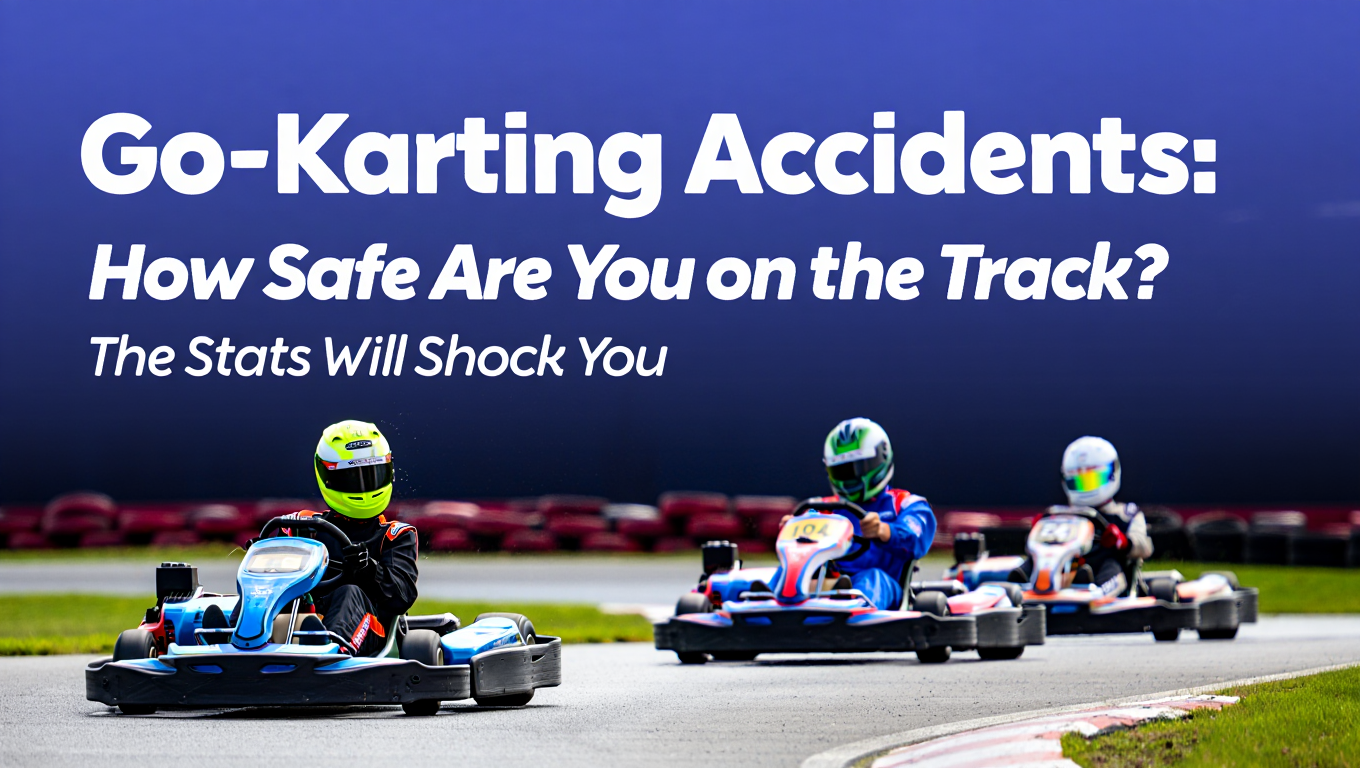Birdwatching lets you see the hidden beauties of nature and enables you to experience the wild right from your backyard or beyond. Starting a Birdwatching for Beginners guide will provide you with basic knowledge, including selecting a decent pair of binoculars and a trustworthy field guide. Whether your level of expertise with birds is new or advanced, a good and fun birding trip depends on having the correct equipment. To assist you in starting your birdwatching adventure, we have made a list of the top gear needs for beginners on this page.
Let’s explore…
Binoculars
Birdwatching absolutely depends on a decent set of binoculars. Some individuals go birding without them; it is just doable. But leave home without them, and unless you are an expert birder and can recognise every bird by sight and sound, it won’t be long before your hands are yearning to wrap around a pair of binoculars. Particularly if you are a novice, you do not need a fancy pair of binoculars. Starting is ideal if you borrow a pair, wear them for a day and find out how you enjoy them. There are several binocular designs to pick from; choosing a pair you are comfortable with will make all the difference between a fun trip and a difficult one.
Field Guide
Seeing a tree complete with exquisitely coloured birds and not being able to identify any of them irritates the inexperienced birdwatcher most of all. Here is where the field guide finds application—all that a field guide is—a book outlining every bird species in a specific location. Usually, one page for each species features a picture of the bird, a description of their plumages, details on their habitats, and a range map indicating their usual occurrence. Novice birders, as well as experienced birders who are new to an area where the birds differ from those back home, absolutely depend on field guides.
Camera
While bird viewing does not call for a camera, it can improve the experience by letting you take pictures of the birds you come upon. DSLR, point-of-sale, and smartphone cameras are just a few of the several varieties of cameras you could find. A point-and-shoot or smartphone camera will do for novices. At this bird park for better bird photography, search for cameras with quick shutter speeds and zoom powers. Using a tripod for stability, shooting in natural light, and patience are some pointers for producing outstanding bird pictures.
Backpack or Bag
Carrying all your equipment for bird-watching calls for a rucksack or bag. Perfect for your field guide, additional checklists, cap, dry socks, and water bottle. Look for one with several sections for orderly storing your tools and quick access to them. Among the elements advised to be considered are a waist strap to evenly distribute the weight, padded straps for comfort, and waterproof fabric.
Accessories and clothing
A good and successful bird viewing trip depends on appropriate clothing. Choose neutral-coloured clothes to fit your surroundings, and stay away from strong colours that would scare off birds. Ideal clothing is lightweight and breathable since you can be hiking or walking for extended distances. One should also choose comfortable shoes that fit the terrain. A hat, sunscreen, bug spray, and a water bottle are other extras you can find helpful.
Beginning bird watchers should also have a notepad and pen for notes, a compass for navigation, and a first aid kit for emergencies. As your birding experience grows, you may need more equipment to improve your trips.
Appropriate footwear
The first thing you should be searching at bird park for when you wish to embark on an outdoor trip is a set of premium shoes. You should ascertain your particular needs before purchasing any pair of boots. You could want to discover how long you could spend with your birdwatching sneakers.
After considering your budget, you should subsequently limit your choices of shoes to a large variety. Choose them between rubber shoes, canvas, and leather shoes.
Choosing a site for birding
Every ecosystem on Earth has been altered for use by birds. Still, many inexperienced birders begin small by setting up a welcoming feeder or birdbath and watching the local species that frequent. You could be pleasantly surprised to find how many birds visit during the day once you begin looking.
When you’re ready to start branching out, investigate surrounding parks, nature reserves, and other birding hotspots. Look online to get ideas for the ideal times of day and sites to visit. Downloading a birding app can also help you find preferred hangout locations for the species you intend to visit.
Unique tastes abound among different animals. While some find nests in lofty trees or following rivers and streams, others choose shrubs and open fields. Visit local parks and green areas even if you live in a city.
If you enjoy travel, schedule visits to internationally well-known birding sites to view rare species everywhere. Research the ideal seasons to visit to have a chance to see the species you intend to see before purchasing your aircraft ticket.
Final Thought
Although a good pair of binoculars and a field guide are the most important tools for bird viewing, as you grow more experienced, other accessories and tools could improve your experience. Advanced bird watchers or those seeking to enhance their sport will find tripods, spotting scopes, bird call apps, and protective gear, including sunscreen and insect repellent, valuable. Always utilise your gear ethically and appropriately to safeguard the birds and their habitats; keep in mind lightweight and portable choices for extended use in the field.
These are only a few of the fundamentals that will enable a novice bird watcher to start right.
So, if you are a novice or experienced bird watcher, don’t forget to visit KSR Bird Park. Families, birdwatchers, and those interested in the avian ecology of Maharashtra will find KSR Bird Park ideal. The park has spacious areas and natural enclosures to meet the demands of the birds and provide the guests with direct bird viewing chances.




